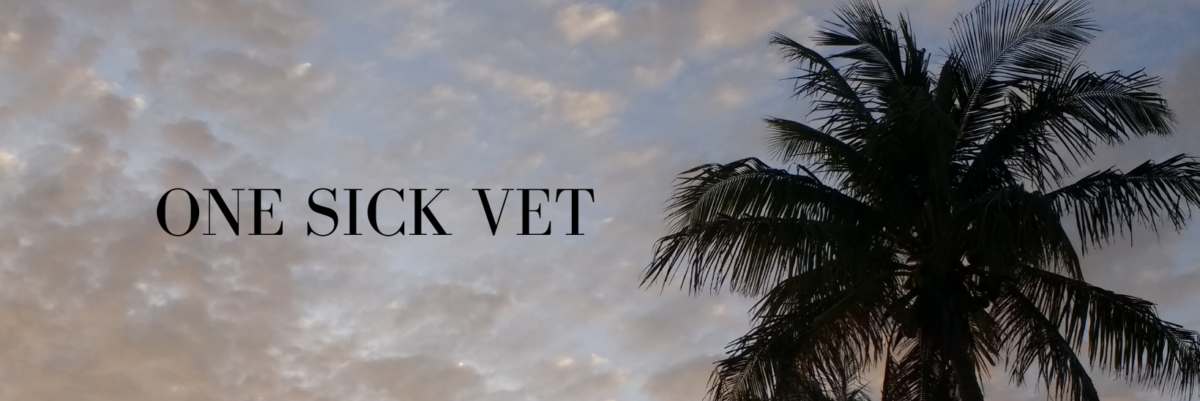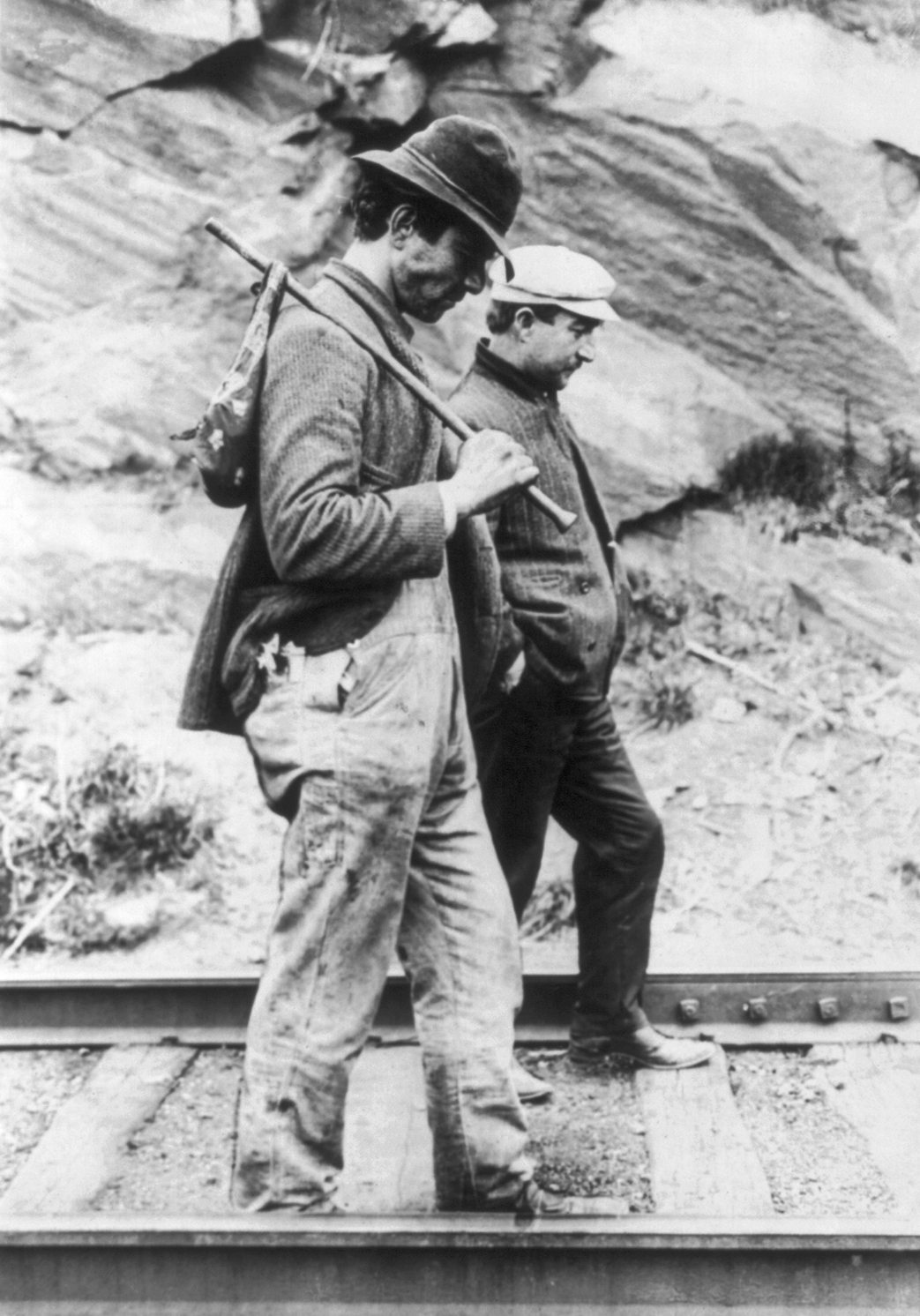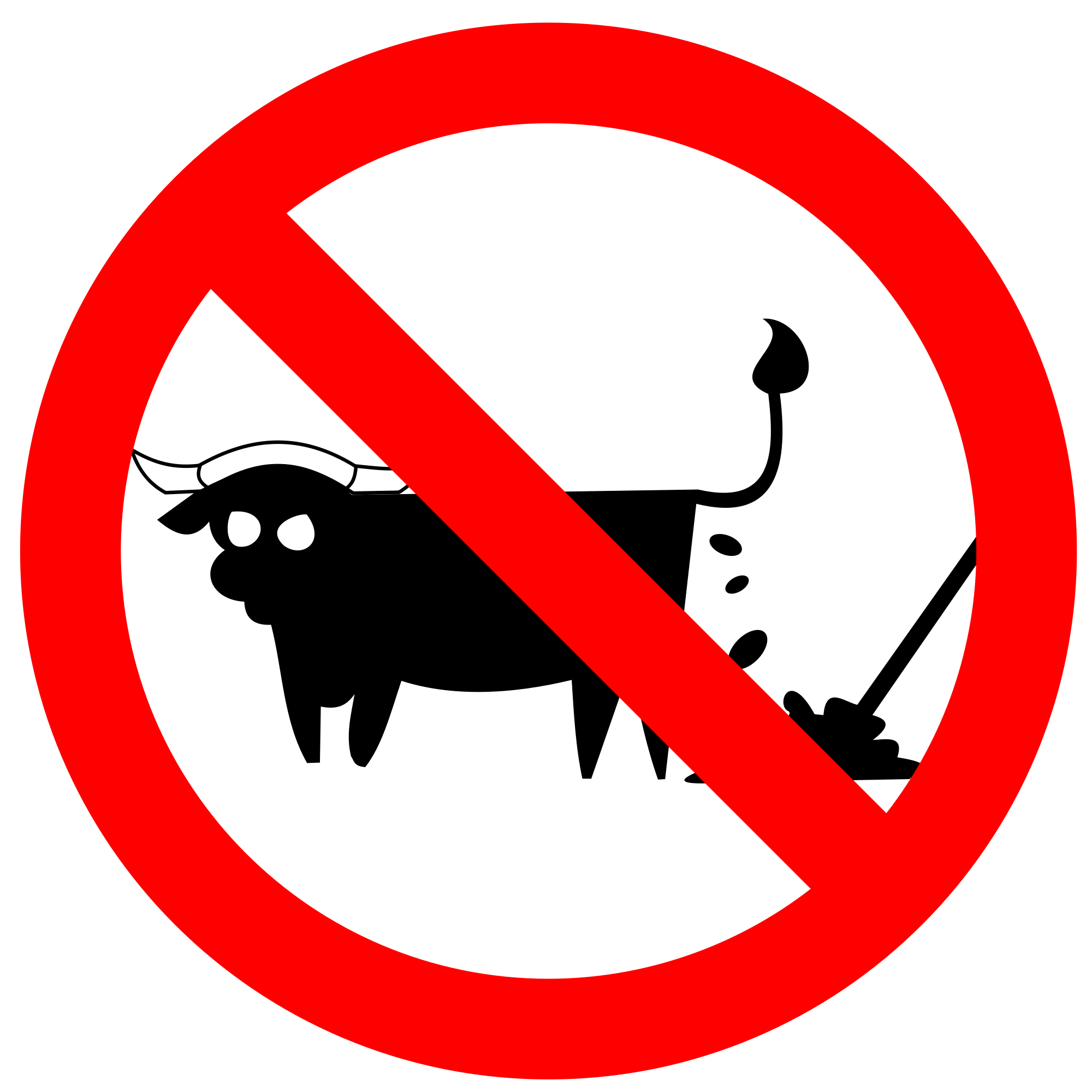
As a military family, we love Christmas cards [and Hanukkah cards, and Kwanzaa cards, and Festivus – whatever you want to send us!] We have friends and family slung all over the globe, and it’s a great way to keep in touch. We get pictures and letters and cards updating us on the events of our tribe’s lives. [Even got a spreadsheet last year!]
Plus, once a year you have a great incentive to make sure you have the correct address for your nomadic acquaintances.
But, you know, what with all the *other* holiday activities, sometimes our cards didn’t get sent until the next summer – if at all. When my health declined, the cards did not get sent for several years. [Which means, if you’re not diligent, you start to lose touch with people who have moved, possibly several times, in the interim.]
So last year (2016), we were inspired by Mrs. Frugalwood’s example to send Christmas postcards. Great idea! Less time, less money, less effort. We ordered and sent personalized postcards, with a custom photo, in December, and kept in touch with everyone. Huzzah!
However. This year (2017) things did not go as smoothly.
- Write and design personalized Christmas postcards? Check.
- Upload custom photo for postcards? Check.
- Use Cyber Monday discount to get a good price? Check.
- Buy postcard stamps? Check.
- Receive postcards promptly? Check
- Review postcards to ensure no errors? Check.
- Sit down to address the cards and have allergic reaction to the ink that prevented completing the task? Check.
Wait. Say again?
Yup, you heard me correctly. This year I had an allergic reaction to the postcards. Same company as last year. Don’t know why, except that I have become increasingly more sensitive to odors and fragrances ever since that “unfortunate incident” at the VA. All I know is when I took the postcards back out of the package to address them, the smell was overwhelming. I sat near one of our air purifiers and tried to get them done, but by the time I’d addressed 20 postcards I had a raging headache, couldn’t stop coughing and clearing my throat, had itchy, watery eyes, and was starting to itch on all of my exposed skin. Time to abort this mission.
Spousal Unit will probably finish addressing the cards (most likely using computer printed address labels, thus limiting exposure to the cards), although they will definitely be late this year.
And then it looks like we’ll transition to e-mailed holidays greetings next year. Even less expensive, although taking the same amount of time to write the message. Better for the planet too.
A bit less fun than cards that can sit on the mantel (or wherever you display them) or pictures you can put on your fridge or bulletin board.
But a better option than being taken out of action for a day (or two, or three).
Bottom Line: Are the holidays stressing you out? Costing too much? Making you ill? Eliminate the B.S.!
Find ways to reduce stress, expenses, and, especially, expectations. That might be sending postcards instead of traditional greeting cards. It might be emailing photos and greetings instead of mailing them. Or you might decide to call or video message or Skype/Facetime/etc. a few close friends and family instead.
Don’t lose sight of the big picture: celebrating your family’s holy days (if applicable), maintaining and sustaining relationships, and living a healthy, sustainable (in every sense of the word) lifestyle.
Most of the over-the-top Pinterest-y type stuff you see on the internet is just another way for the advertisers to part you from more of your money. You don’t have to be a Grinch, but don’t be a chump either.
Decide, along with your significant other, what makes you happy at the holidays. (Maybe give the kids a vote, maybe not.) Examine why you do all the things you do: Tradition? “We’ve always done it that way?” The neighbors are doing it, so we have to compete/keep up? Figure out what is essential to your health and happiness, and do only that. As for the rest?
Take a deep breath, relax, and eliminate. 😉
Happy Holidays from Crew Dog & the gang at One Sick Vet.






